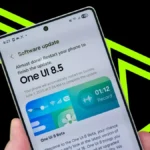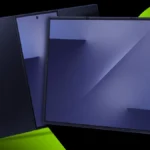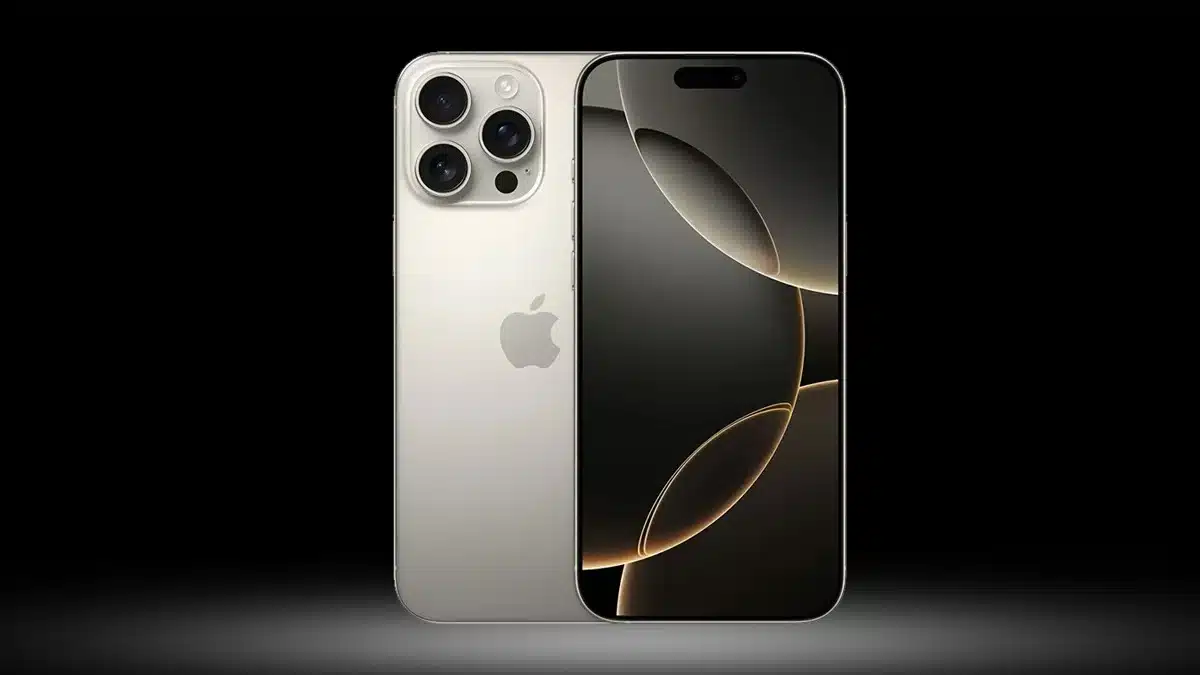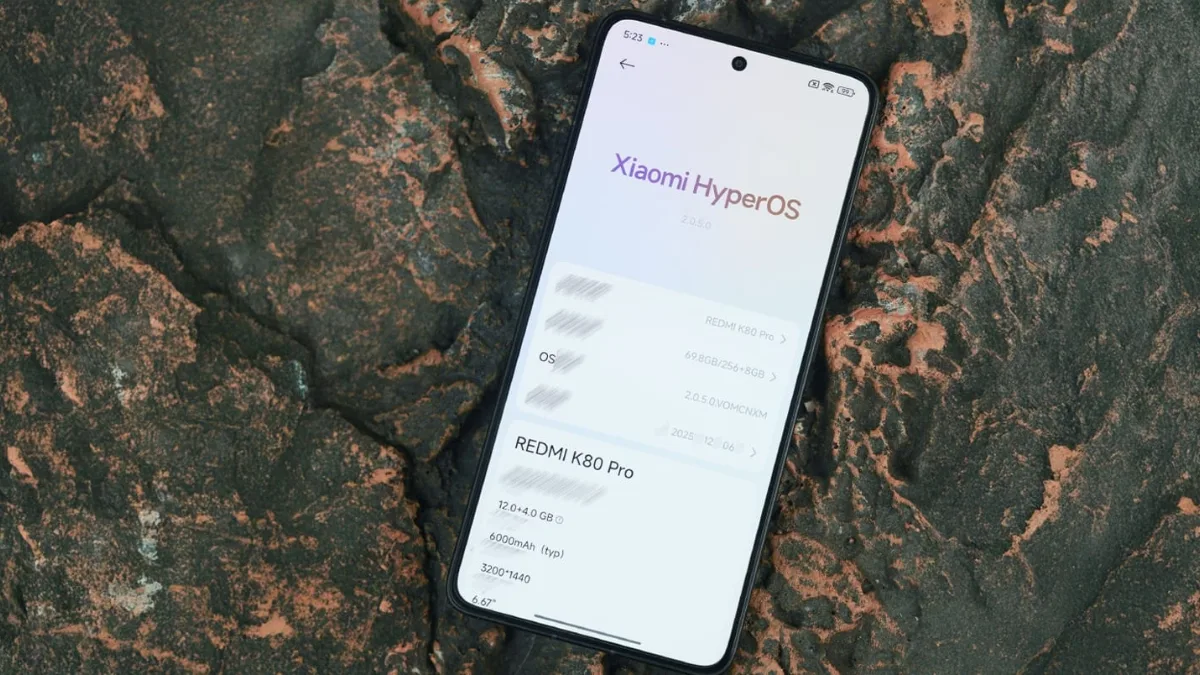Apple Quietly Reshapes iPhone 16 Lineup After iPhone 17 Launch
Apple has quietly made a major adjustment to its smartphone lineup following the launch of the iPhone 17 series. The change affects the iPhone 16 and iPhone 16 Plus models, significantly narrowing the options available to customers who still prefer last year’s devices.
- Apple Quietly Reshapes iPhone 16 Lineup After iPhone 17 Launch
The company has removed several storage tiers from sale, a move that may not seem significant at first glance but reflects a deliberate shift in Apple’s long-term product strategy. Let’s take a closer look at what has changed, why Apple made the move, and how it affects potential buyers.
Fewer Choices for iPhone 16 Buyers
After introducing the iPhone 17 series this week, Apple quietly reduced the iPhone 16 lineup to just a few configurations. The standard iPhone 16 is now available in only a single 128GB version, priced at $699. Both the 256GB and 512GB models have been discontinued, leaving users with just the base storage option.
The iPhone 16 Plus, however, offers slightly more flexibility. Apple continues to sell it in 128GB and 256GB storage variants. Yet, similar to the regular model, the 512GB version has been removed. This means customers looking for larger storage options must now consider either the iPhone 17 series or Apple’s premium Pro models.
Apple’s Strategy Behind the Move
The reduction in storage variants may appear to limit consumer choice, but it aligns perfectly with Apple’s marketing and product positioning strategy. With every model in the iPhone 17 lineup starting at 256GB, continuing to sell older devices with similar storage capacities would create unnecessary overlap between generations.
By trimming down the older models, Apple creates a clearer distinction between product tiers. This makes the new iPhones more appealing to users who value higher storage and cutting-edge features.
Furthermore, the move simplifies Apple’s manufacturing and inventory management. Fewer model configurations mean easier production planning, reduced supply chain complexity, and fewer SKUs to manage worldwide.
At the same time, this adjustment subtly nudges storage-hungry buyers toward spending more on the latest iPhones. In other words, Apple is using a soft transition strategy, keeping the previous generation available, but only as an entry-level option.
Official Store Confirms Changes
A quick look at Apple’s official online store confirms the new configuration lineup. Only the 128GB iPhone 16 and the 128GB and 256GB iPhone 16 Plus are now available for direct purchase.

Apple has also reduced prices, making these devices more affordable compared to their launch rates. Meanwhile, discontinued models may continue to appear on third-party e-commerce platforms and reseller websites until their stock runs out.
This pattern is not entirely new for Apple. When the iPhone 16 launched last year, the iPhone 15 continued to be sold with multiple storage options. This year, however, Apple seems more determined to streamline the older lineup and direct consumer attention toward the iPhone 17 family, including the slimmer iPhone Air and the latest Pro models.
What Remains Unchanged: Specifications and Features
The reshuffling of the lineup does not affect the hardware or performance of the iPhone 16 or iPhone 16 Plus. Both models remain powerful devices that share several features with newer iPhones.
The iPhone 16 features a 6.1-inch Super Retina XDR OLED display, while the iPhone 16 Plus offers a larger 6.7-inch display. Both deliver up to 2000 nits of peak brightness, ensuring excellent visibility in bright sunlight. The screens are protected by Ceramic Shield glass, maintaining durability against drops and scratches.
Both devices include Dynamic Island, Apple’s interactive interface that provides real-time notifications and multitasking controls. They are powered by the A18 chipset, which includes a 6-core CPU, 5-core GPU, and a 16-core Neural Engine, all optimized for enhanced performance and machine learning.
Apple Intelligence Compatibility
A major advantage of the iPhone 16 lineup is compatibility with Apple Intelligence, the company’s expanding suite of AI-powered features. These include smart writing tools, summarization options, and enhanced on-device intelligence for Siri and app interactions.
With AI playing an increasingly important role in Apple’s ecosystem, keeping the iPhone 16 and 16 Plus compatible ensures they remain future-ready for at least a few more years.
Design and Camera Highlights
The physical design of both iPhone 16 models remains sleek and modern, with a Camera Control button introduced to improve photography convenience. This feature allows users to capture images and videos more intuitively without relying solely on on-screen controls.
Both models include a dual-camera system:
- 48MP Fusion main camera
- 12MP ultra-wide camera
These cameras support Spatial Video recording, allowing users to capture immersive 3D-like videos compatible with Apple’s Vision Pro headset.
On the front, the devices retain a 12MP TrueDepth camera with improved low-light performance, making selfies and video calls sharp and detailed.
Battery Performance and Durability
Apple has maintained its strong battery reputation with the iPhone 16 lineup. The iPhone 16 offers up to 22 hours of video playback, while the iPhone 16 Plus extends that to 27 hours, placing them among the most battery-efficient iPhones yet.
Both models carry an IP68 rating, providing protection against dust and water, and support MagSafe wireless charging along with fast charging via USB-C.
Impact on Buyers
For potential buyers, this change creates a clearer decision point. Those looking for an affordable yet capable iPhone can still opt for the iPhone 16 or 16 Plus. However, users who require more storage or want the newest features will naturally gravitate toward the iPhone 17 lineup.
In simple terms:
- Budget-conscious buyers – iPhone 16 (128GB or 256GB)
- Power users or content creators – iPhone 17 or 17 Pro models
The move helps Apple maintain its premium brand segmentation, ensuring each product appeals to a distinct market tier.
Looking Ahead: Apple’s Long-Term Plan
Apple’s decision to limit storage tiers for older models is likely part of a longer-term simplification strategy. As the company continues to expand its lineup, including the new iPhone Air, it aims to create a more organized and tiered product ladder.
This allows Apple to balance innovation with accessibility, keeping older models as reliable entry points into the iPhone ecosystem without cannibalizing newer sales.
Given the success of this model across previous years, Apple will likely continue this approach with future releases, maintaining a consistent and predictable pattern for consumers and investors alike.
The iPhone 16 lineup’s reshaping may seem subtle, but it reflects Apple’s refined approach to managing its product ecosystem. By simplifying configurations, Apple is ensuring clearer distinctions between generations, smoother manufacturing operations, and a stronger push toward its latest innovations.
For customers, the trade-off is straightforward: fewer choices, but better clarity. Whether users stick with the reliable iPhone 16 or upgrade to the more advanced iPhone 17, Apple ensures that each device fits neatly into its evolving lineup.
FAQs
Q1. Why did Apple discontinue the higher storage models of the iPhone 16?
A. Apple removed these options to simplify its product lineup and encourage customers to buy newer iPhone 17 models that start at higher storage capacities.
Q2. Which iPhone 16 models are still available?
A. The iPhone 16 (128GB) and iPhone 16 Plus (128GB and 256GB) are still officially sold through Apple’s online store.
Q3. Will the discontinued models be available elsewhere?
A. Yes, existing stock may still be available through e-commerce platforms, authorized resellers, and some retail stores until they sell out.
Q4. Has Apple changed the design or performance of the iPhone 16?
A. No, the hardware and performance remain unchanged. Only the available storage variants have been adjusted.
Q5. Is the iPhone 16 still worth buying in 2025?
A. Yes, the iPhone 16 offers excellent value with the A18 chipset, strong battery life, Dynamic Island, and Apple Intelligence compatibility, making it a solid choice for most users.
Also Read- OpenAI’s ChatGPT Update Transforms It Into A Smart App Hub


















